Recently encountered such a problem:
My grandson had an inborn squint. Parents naturally turned to specialists, but they explained that an eye correction operation can be done no earlier than 5 years of age.
All these years he wore an occluder, and after 6 years of age he underwent surgery to correct one eye first, then (after 5 months).
The operations were successful, and now his eyes look perfectly straight, but the problem is:
It turns out that despite the fact that his eyes look like a healthy person and cannot be identified externally, his brain does not know how to combine the images that he sees with each eye individually into a single image.
A healthy person sees with binocular (stereo) vision, and he sees with monocular (mono) vision, i.e. he sees two images that the brain cannot merge into one. It's like watching a stereo movie without special glasses.
Several methods have been developed for training the brain, aimed at developing proper vision with two eyes.
One of those that is strongly recommended by ophthalmologists is the Merging of sequential images according to the method of Professor V.I. Pospelova.
In this article, the device itself is described very briefly, only its main characteristics are given and that is not all.
I searched the entire Internet in search of a description of the manufacture of the device (flash lamp) used in the description of this technique, but I did not find anything useful.
The only thing that I understood in my “travels” on the Internet is that this problem worries a very large number of people.
There was a need (namely a need, not an idea) to create such a device yourself.
I do not pretend to recognize my article as a full-fledged homemade product, because I read the site’s rules, but it’s not possible to upload photos of the phased production of the device.
I did it for about 3 weeks - I did it, broke it, remade it, used different materials, experimented, etc.No drawings existed, there was only an idea in my head, an operating principle, improvised materials and available tools.
So here is what happened:
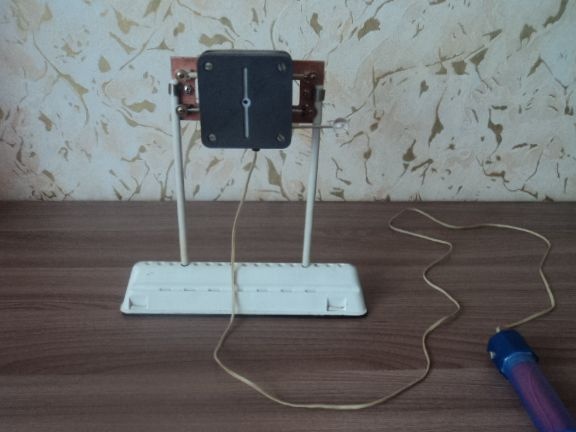
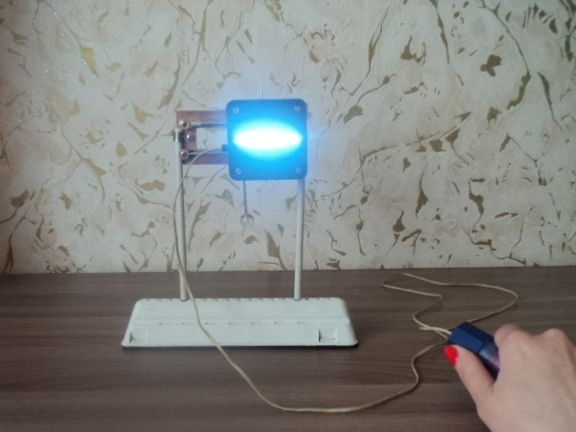
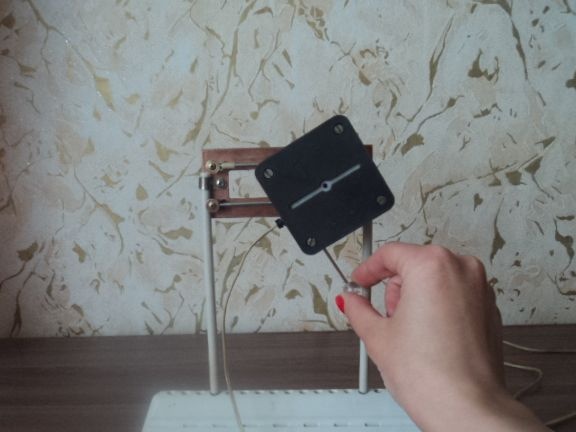
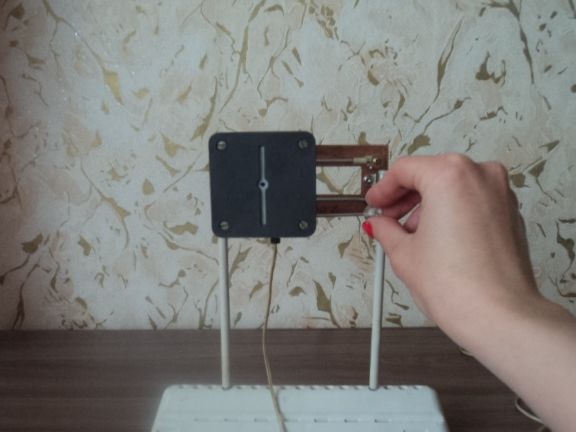
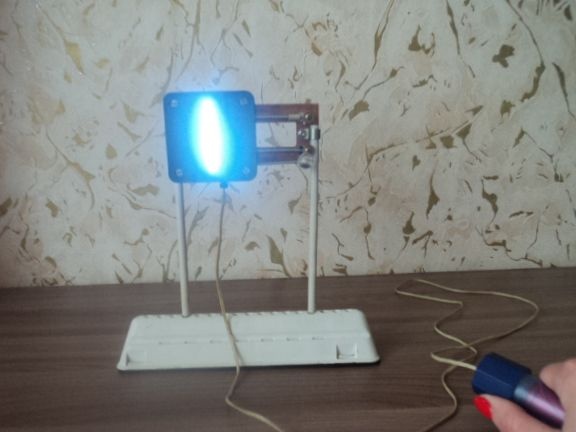
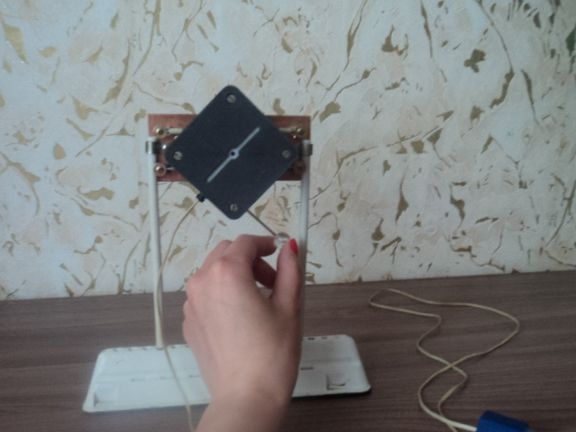
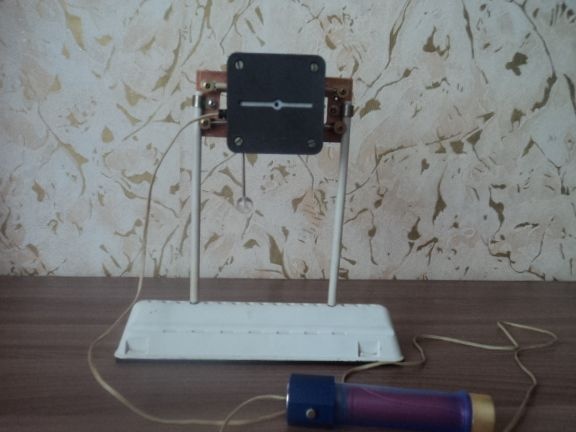
That's all.
The device turned out to be compact, easy to use, mobile, and most importantly, efficient.
My grandson is regularly exposed to light, and he has already begun to merge horizontal and vertical images into a single cross, which he and his parents are very happy about.
And in conclusion, I want to tell everyone who is interested in this device, please contact my electronic mail than I can help.
Regards, Master Michael.

